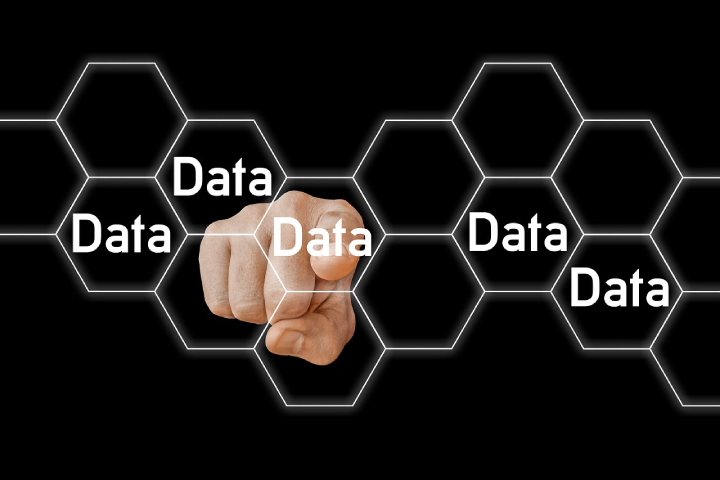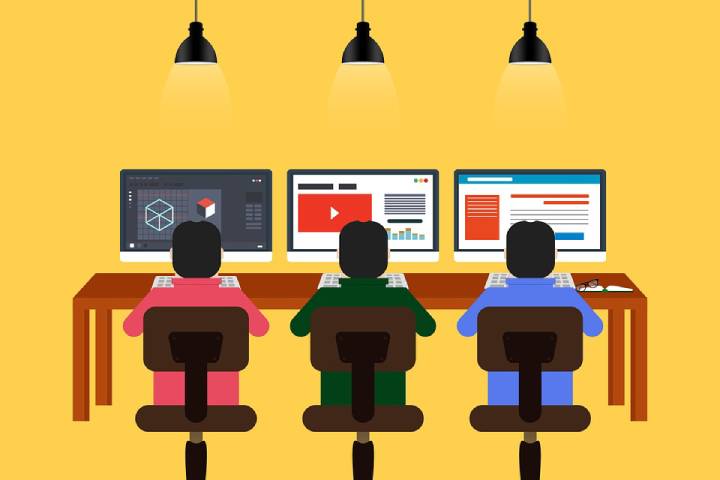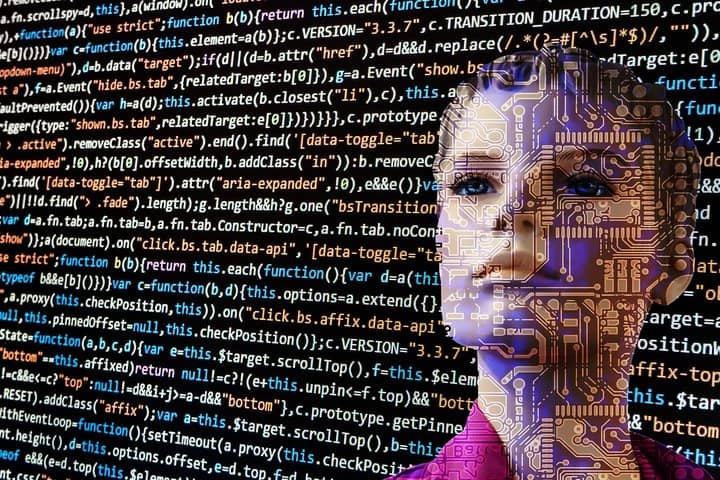Artificial Intelligence (AI)
Best Way To Learn Python For Data Science
For professionals from the field of data analytics, Python for data science is a must-learning skill. As the IT industry rises, demand for professional data scientists is booming

For professionals from the field of data analytics, Python for data science is a must-learning skill. As the IT industry rises, demand for professional data scientists is booming, and Python has emerged as the most common data-driven programming language.
Why Learn Python?
Python is one of the essential data science languages if not one. It’s effortless to understand, free, many businesses use it, and there is a range of powerful libraries for statistical visualization and data viewing. One phrase: sooner or later, you have to learn Python if you are looking for a data science career. See the steps below.
Table of Contents
1. Set Your Machine
It’s time to start your machine now that you’ve set up your mind. Download Anaconda from Continuum.io, which is the best way to proceed. It comes with most stuff that you’re going to need ever. The main drawback is that, even if the underlying library updates are available, you will need to wait for the Continuum to upgrade its bundle. If you’re a novice, it should hardly matter.

2. Learn Python Basics
Begin with the basics of the language, libraries, and data structure. Free course in Python from reputed portals is one of the best locations to launch your career learning path. This course aims to get started with Python for data science and make the basic concepts of the language comfortable.
3. Plan for Some Mini Python Projects
You can try to program stuff like online game calculators or a program to gather weather from Google in your area. It’s also possible to develop simple games and applications to help you get to know Python.
Building such mini-projects can help you to learn Python. Projects such as these are joint in all languages and a perfect way to improve your basic knowledge. You should start developing your API experience and start web scraping. In addition to helping you learn Python programming, web scraping is helpful later to collect data.
Boost your learning and find answers to your problems with Python programming. To learn best practices in Python and data science – and to acquire new ideas, read tutorials, blog posts, and even open-source code for other people.
4. Know Python Data Science Libraries
It is where Python’s real strength with data science is introduced. Python has various science programming databases, analyses, and displays. There are some of them in the following list:
Numpy: It is an integral data science library of Python, meaning ‘Numerical Python.’ It’s used for scientific computation with an efficient n-dimensional array object and provides C, C++ integration tools. It can also be used for generic data as a multidimensional container where many Numpy operations and special functions can be performed.

Pandas: It is a primary Python Data Science library. It is used to manipulate and analyze data. It is suitable for various data, including tabular, ordered, and unordered time series and matrix data.
MatplotLib: It is a versatile Python visualization library. Matplotlib is used in scripts, shells, web services, and other GUI toolkits. Using Matplotlib, you can use several plots and how several schemes work.
Seaborn: It is a Python statistical plotting library. If you use Python for Data Science, you will be drawing statistical graphics by MatplotLib (in 2D viewing) and Seaborn, which have their beautiful standard styles and high-level GUI.
Scikit-Learn: One of the key attractions is Scikit learning, where you can use Python to introduce machine learning. It is a free library with easy and powerful tools for analyzing and mining data. You may use Scikit-Learn to implement different algorithms like logistic regression and time series algorithms.
5. Develop a Portfolio of Data Science
A portfolio is necessary for aspiring data scientists. These initiatives should involve interacting with many different datasets so that readers can glean exciting insights. Some types of industries to take into account:
Data Cleaning Project — If you clean up and evaluate dirty or ‘unstructured’ data from any projects, potential employers will get impressed as most real-world data need cleaning.
Data Visualization Project — Making visualizations appealing and understandable is both a programming and a design challenge, but the research will significantly affect if you can do it correctly. You will stand out with fantastic charts in a project.

Machine Learning Project — You certainly need a project to demonstrate your ML chops if you like to work as a data scientist role (and you may want to have a few different machine learning projects, each with an additional standard algorithm because of your work).
6. Apply Advanced Data Science Techniques
Lastly, you have to develop your skills. Your career path into data science will be full of learning, but specialized courses are available, ensuring all the basics are covered. You might be comfortable by knowing regression, classification, and k-means clustering models. You can also join machine learning – bootstrapping models and the creation of neural networks using Scikit-Learn.
Projects may include the creation of models using live data feeds at this stage. This type of machine learning model adjusts its predictions over time.
Start Your Interactive Python Course Right Now!
If you are starting your Python journey, the most you can do is lay yourself on the basics. Our introductory Python courses are interactive and allow you to apply as you learn. There are plenty of Python learning options available. Still, it is better to pick somewhere that teaches data science explicitly if you are looking to learn a Python Data Science course.
Python is also used in various other programming disciplines ranging from game development to smartphone applications. You need not require previous programming experience, and as soon as you finish your project, you will have developed from the ground up a real data science project using your new Python language skills!
Learn Python for Data Science with the help of an abundance of online courses, tutorials, and workshops and start working with oceans of data faster rather than later. There are practically infinite professional opportunities from there.
-

 Instagram4 years ago
Instagram4 years agoBuy IG likes and buy organic Instagram followers: where to buy them and how?
-

 Instagram4 years ago
Instagram4 years ago100% Genuine Instagram Followers & Likes with Guaranteed Tool
-

 Business5 years ago
Business5 years ago7 Must Have Digital Marketing Tools For Your Small Businesses
-

 Instagram4 years ago
Instagram4 years agoInstagram Followers And Likes – Online Social Media Platform















